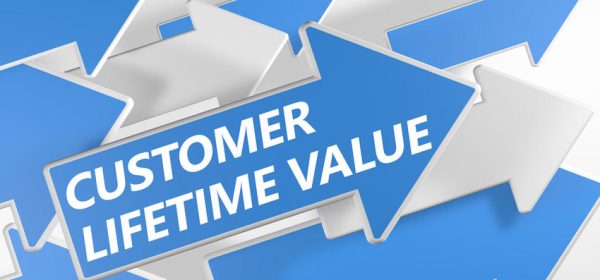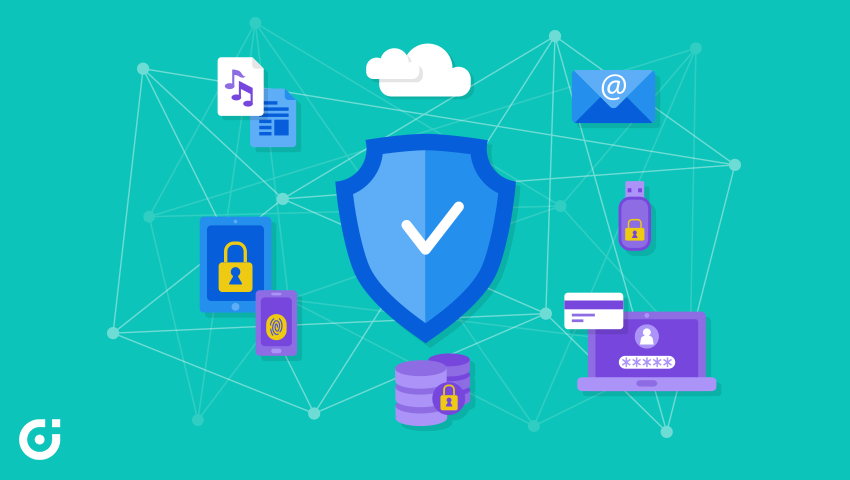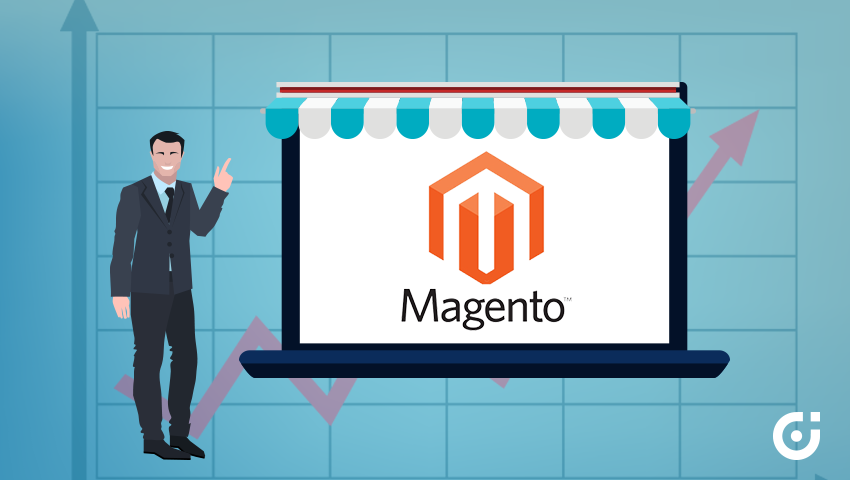A business, by definition, is the transfer of goods and/or services for money. It can include anything, ranging from simple sweet shops to multi storied shopping centers. It is safe to say that without business transactions, the world would still be experiencing the Stone Age.
Electronic commerce, or just ecommerce for short, is also a kind of business. It involves the transfer of information and commercial transaction across the Internet. Seeing as the Internet is an integral part of our daily lives in this modern age, it goes without saying that ecommerce and the present time go hand in hand seamlessly.
People running ecommerce business are constantly striving to increase and, more importantly, improve their business. There are many ways to do so, such as offering discounts and adding new items in stock.
Then there is another equally – if not more – important aspect of a business: profit.
This is where Customer Lifetime Value comes in.
What is Customer Lifetime Value (CLV)?
According to Wikipedia, Customer Lifetime Value (CLV or CLTV) is “a prediction of the net profit attributed to the entire future relationship with a customer”. In layman’s terms, CLT is the prediction of the total net profit a business organization makes from any given customer. It helps to determine an estimate of a particular customer’s monetary worth to a business, and takes into account the value of the relationship with a customer over time. It is an extremely important aspect of ecommerce businesses, as it helps the company to determine how much money they should spend on bringing in customers. It also helps estimate the amount of repeat business that given customers will do with the business.
Note the keyword ‘prediction’ in the definition of CLV. It indicates that since a company does not know the duration of their relationship with a given customer, they will have to assume the length of the relationship and work out the CLV.
A recent study by SumAll, a social analytics platform, has shown that 25% to 40% of the total revenues of the best established businesses come from returning customers. This shows the magnitude of CLV’s importance to an ecommerce business. One of the best ways of getting the best out of your existing ecommerce customers is by integrating your online store with a robust CRM system.
1. Include a Section to Feature and Appreciate Fans
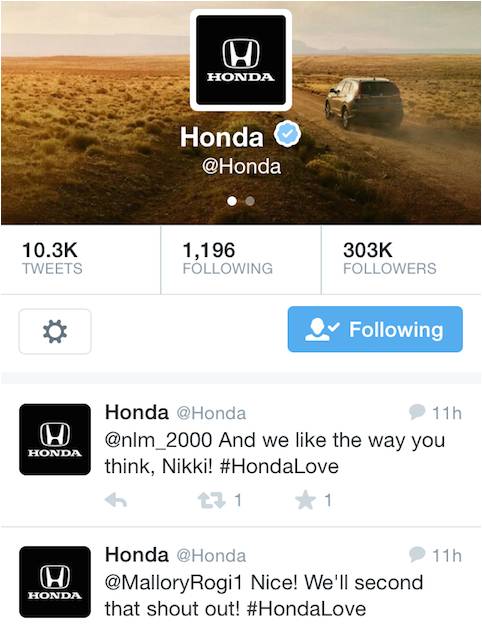
Social media platforms hold the world in the palm of their hands nowadays. Use this to your advantage and watch your ecommerce business grow! Posts on social media platforms such as Facebook and Twitter, which praise or share your business, are immensely powerful tools which help to promote your business. Embed such posts in your content, and give the spotlight to your fans who share these posts. Letting them know that you appreciate them will only boost your relationship with your customers and this will gradually turn into one of your most valuable marketing assets.
One shining example of this is Soda Stream, who feature their fans on a regular basis on their Facebook page and their blog. Constantly introducing fun contests for the fans to participate in, and declaring the winners on public platforms generates a good buzz. This has so far proved to be a winning formula for their business.
2. Surprise Your Fans with Some Unexpected Gifts
Appreciating customers is important. Doing so by surprising them with unexpected gifts is even better! When you see your customers really appreciating your ecommerce business, you should most definitely return the favor. Simply browse through their social media accounts to get an idea of the things they like, and surprise them with corresponding gifts! Not only does this strengthen the relationship between you and your customer, but your reputation also spreads thanks to the happy customer sharing such experiences with their friends and family!
A good example of this scenario can be General Electric, who sent a customer an awesome Batman book as a token of their appreciation.

If you want to automate this process of recognizing valuable customers and rewarding them, you can offer a free gift on your store when any customer crosses a certain purchase limit, during their next checkout.
3. Value Your Customers’ Opinions
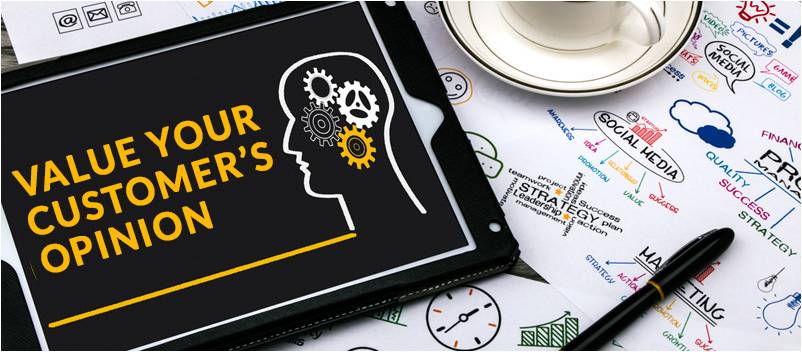
It is of course important to follow the numbers and your gut, but it is also equally important to listen to what your customers have to say. A simple example of this can be creating a poll with some ideas you have been thinking about, and asking your customers to choose, either via your blog, social media platforms or email.
You should keep in mind that the customer may not always like the ideas you proposed. Hence, you should definitely leave scopes for the customers to pitch in with their ideas as well. Offering an incentive, which can be something as simple as a gift card, will hugely influence the number of participants in the poll, and boost your relationship with the customers.
That’s not all! In the chance that you decide to go ahead with a customer’s suggestion, make sure to give them credit for it. You can announce it via all your communication channels, and send them a present to let them know how valuable they are. This will result in – you guessed it – increased CLV!
SumAll.com is a good example in this case, as sending out emails to customers and asking them for their opinions regarding new Facebook analytics has resulted in positive vibes between the business and the customer.
Apart from sending out customer surveys, you can also add a feedback form to your store itself and prompt customers to give their feedback while they are surfing through the store.
4. Publish Engaging, Informative E-blasts or Newsletters
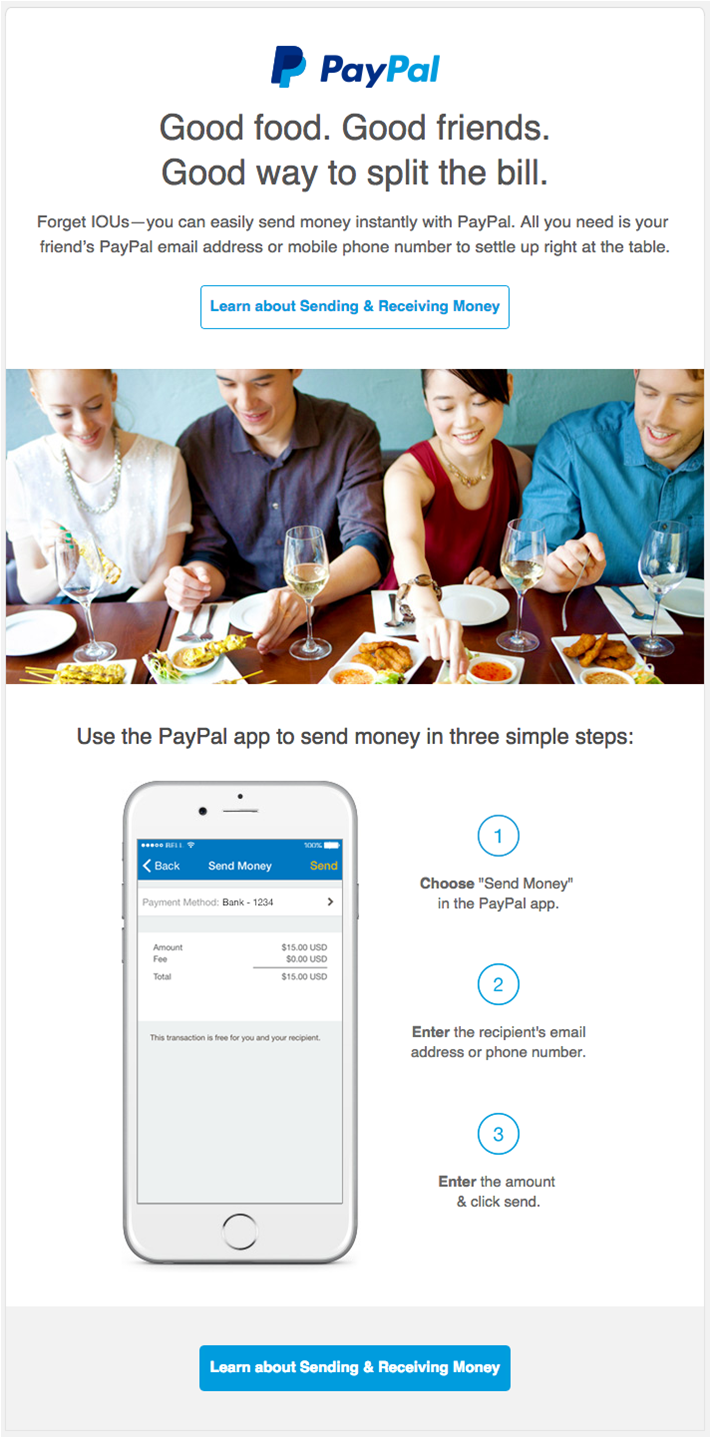
While it may seem old-fashioned, newsletters will help your ecommerce business to occupy the front and center of your customer’s minds. This is made possible by sending regular emails, so that the customers do not forget about your company.
However, simply sending emails regularly will not be enough, as there is a chance that the emails will only end up in the trash folder, unopened. To avoid this calamity you should get creative with the emails you send, and include improved and interesting subject lines. For example. Quick Sprout’s email open rate increased by more than double as a result of improving the Subject lines.
You should also make sure to maintain the right frequency of emails sent to customers, as sending too much will annoy them. The frequency of emails sent should vary based on the duration of the customer’s relationship with your business. The longer the customer is loyal to your business, the less frequent the emails.
5. Reach Your Customers Across Multiple Channels
Set up your business in such a way that your company is constantly saying hello to your customer. Whether your customer is browsing Facebook, uploading a selfie on Instagram or simply sending out a tweet, seeing your business being ever-present across all of these platforms ensures that the customer never forgets about your ecommerce business. This will have an effect on the customer’s mind and influence their shopping, which will undoubtedly increase the CLV.
Implementing this idea can be difficult. However, following some simple steps can make it a lot easier. You can observe the places where your customer spends time, and advertise your business in those specific places. This will improve the customer-brand relationship.
6. Allow Customers the Chance to Subscribe

Subscription is another fantastic way of improving CLV, as it allows your business to enjoy a recurring revenue stream. Subscribing to your business means that customers will stick around with your business for a longer period of time, and the net profit will increase as well. Hence, the CLV will be vastly improved.
An good example of an ecommerce business successfully using subscription service is Birchbox.
7. Improving Customer Service
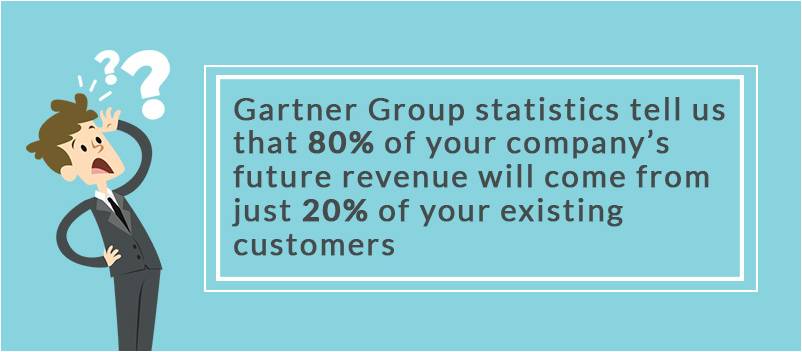
Even though it may seem like obvious, improving customer service is an extremely powerful step for increasing CLV. According to a Harvard Business School report, retention rates (lifetime values) of 5% translates into 25-95% increases in profits! In other words, the longer a customer stays loyal, the more they will spend, and the bigger the profits will get!
For example, Disney Theme Parks have a return rate of 70%. Sure, the place is magical, but it is not magic which allows them to boast such massive return rates. Rather it boils down to the customers having a good time.
In other words:
The better the time spent by the customers, the more frequently they will come back for more.
Improving customer service can be done step by step, one at a time. Some of these steps can be:
– Respond to all calls and emails with equal importance
– Focus on quality rather than quantity
– Take into account the customer’s opinions
– Allow customers to enjoy discounts or gifts based on loyalty
– Have patience with short-tempered customers
– Merge your knowledge of the product with your knowledge of your customer
– Smile. Give off a friendly vibe over the phone, and in the emails
To Conclude
Customer Lifetime Value is crucial to every ecommerce business. It helps to solidify your relationship with your customer, and promote your business. More importantly, it vastly increases profits if tended to properly. The customers should be appreciated, and they should get to know that you appreciate them. Their voice should be heard. Furthermore, you should always keep in touch with them, either via gifts or by some other means. Loyal customers should be given the chance to stay with your business for a longer period of time, and customer service should always be improving. Follow these steps, and watch your CLV grow like never before.
This is a guest post by Megha Kendre
Megha is loud, outspoken and a die-hard foodie. If it were possible to have coffee in an IV drip, she’d always be attached to a tube. Currently, she is an eCommerce growth hacker at Avactis.com


